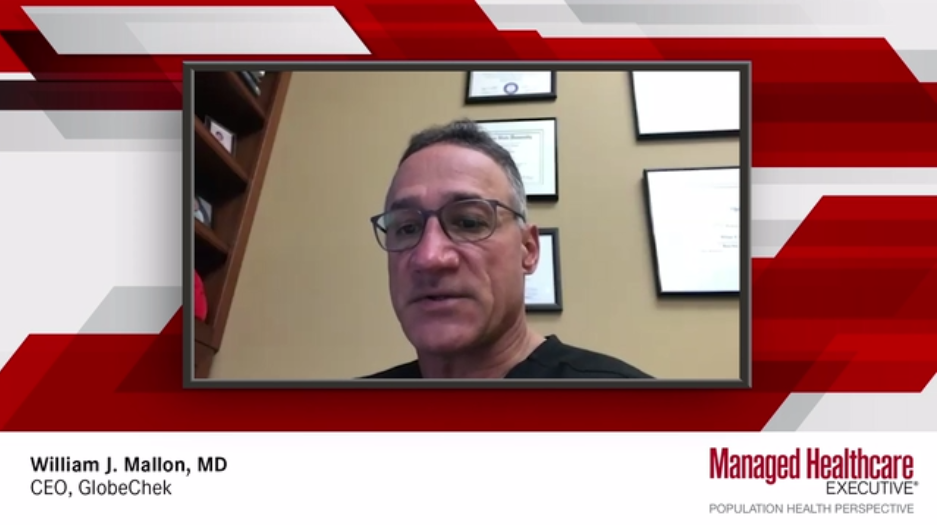Table 1 provides a list of common eye diseases found in older adults and compares their anticipated prevalence increase from 2010 to 2050. The most common age-related eye diseases are cataracts, glaucoma, age-related macular degeneration (AMD), and diabetic retinopathy (DR).
Cataracts
Cataracts involve lens clouding and opacities that interfere with vision. Without surgery, the disease can progress to blindness. Globally, cataracts accounts for 47% of cases of blindness. However, low- and middle-income countries carry most of this burden and developed countries contribute far less. In less developed countries, cataracts accounts for 50% of blindness while it accounts for only 5% of blindness in higher income countries where surgery is much more accessible. Cataract rates increase substantially with age. According to an analysis of the 2002 Vision Health supplement of the National Health Interview Survey (NHIS) conducted by the CDC, the prevalence of cataracts among those aged 18-44, 45-54, 55-64, and 75 years or older was 0.5%, 2.7%, 9.3%, 31.0%, and 53.4%, respectively.
After adjusting for socioeconomic variables (age, sex, race/ethnicity, income level, and education status) and the presence of diabetes in multivariable logistic regression models, those in the 45-54, 55-64, 65-74, and 75 years or older age groups had 4.78, 17.04, 71.86, and 189.5 times greater odds of being diagnosed with cataracts compared with the age 18-44 age group, respectively, and these comparisons were all statistically significant (P <.05). According to the National Institutes of Health (NIH) National Eye Institute, 70% of white, 53% of black, and 61% Hispanic Americans will have developed cataracts by age 80. The number of Americans with cataracts is projected to double from 24.4 million in 2010 to approximately 50 million by 2050.
Glaucoma
Glaucoma is characterized by damage to or acquired atrophy of the optic nerve, causing vision impairment and ultimately, blindness. Primary open-angle glaucoma (POAG), which is chronic and slowly progressive, is the most common form of the disease. According to an analysis of the 2002 Vision Health supplement of the NHIS conducted by the CDC, the prevalence of glaucoma among those aged 18-44, 45-54, 55-64, and 75 or older years was 0.4%, 1.3%, 2.5%, 5.7%, and 10.3%, respectively. After adjusting for socioeconomic variables and the presence of diabetes in multivariable logistic regression models, those in the 45-54, 55-64, 65-74, and 75 years or older age groups had 3.5, 6.7, 14.6, and 29.28 times greater odds of being diagnosed with glaucoma compared with the age 18-44 age group, respectively, and these comparisons were all statistically significant (P <.05).
According to a retrospective chart review of nearly 1500 patients (mean age of 71 years) with glaucoma between July 2007 and July 2010 from Duke University’s Eye Center, 13% met criteria for legal blindness (best-corrected visual acuity of 20/200 or worse in both eyes or a constricted visual field of less than 20 degrees in both eyes), 24% met criteria for monocular vision (legal blindness in one eye), and 7% met criteria for being driving restricted (visual acuity worse than 20/50 in both eyes or a constricted field of vision less than 60 degrees in both eyes). According to the NIH National Eye Institute, glaucoma affected 2.7 million Americans in 2010, and that number is expected to more than double to 6.3 million by 2050 (Table 1).
Age-Related Macular Degeneration
AMD is a deterioration of the central portion of the retina, known as the macula, which is responsible for central visual acuity and color vision. The retina is located at the back of the eye and is responsible for sending images to the brain via the optic nerve. AMD can be categorized as either dry (ie, nonexudative or non-neovascular) or wet (ie, exudative or neovascular). Dry AMD is associated with drusen, which are yellowish lipid deposits in the retinal epithelium that contain pro-inflammatory factors and retinal atrophy (decreased retinal thickness). Wet AMD is characterized by formation of new blood vessels in the retinal tissue, which can cause fluid buildup and/or hemorrhage, leading to fibrosis (scarring).
According to an analysis of the 2002 Vision Health supplement of the NHIS conducted by the CDC, the prevalence of macular degeneration among those aged 18-44, 45-54, 55-64, and 75 years or older was 0.2%, 0.4%, 0.9%, 2.8%, and 8.7%, respectively. After adjusting for socioeconomic variables and the presence of diabetes in multivariable logistic regression models, those in the 45-54, 55-64, 65-74, and 75 years or older age groups had 2.14, 4.60, 15.97, and 51.30 times greater odds of being diagnosed with glaucoma compared to the age 18-44 age group, respectively, and these comparisons were all statistically significant (P <.05).
Wet AMD, which accounts for approximately 10%-15% of AMD cases, is responsible for 90% of AMD-associated severe vision loss. The prevalence of AMD is expected to grow from 2.07 million to 5.44 million cases between 2010 and 2050.
Diabetic Retinopathy
DR is characterized by damage to the microvasculature within the retina. It is broadly classified as nonproliferative (NPDR) or proliferative (PDR) based on the presence or absence of new blood vessel formation (neovascularization or angiogenesis).
NPDR is characterized by microaneurysms (vessel outpouching and leaks), lipid exudates, microhemorrhages, cotton-wool spots associated with nerve fiber damage, among other clinical findings. PDR is associated with angiogenesis (growth of new vessels into the retina), hemorrhages, and retinal detachment. PDR is considered a more severe stage of DR, as it is more likely to cause vision loss.
During advanced stages of DR, plasma can begin to leak out of retinal capillaries from a compromised blood-retinal barrier, leading to diabetic macular edema (DME), a severe complication of DR marked by swelling of the macula that can lead to severe vision loss. DME can develop without evident symptoms; therefore, early detection, timely treatment, and follow-up care are important to effectively treat DME and prevent blindness. The number of Americans with DR was estimated at 7.7 million in 2010 and is expected to reach more than 10 million by 2030 and 14.6 million by 2050.
A severity scale known as the Diabetic Retinopathy Severity Scale (DRSS) was developed in the 1990s by the Early Treatment Diabetic Retinopathy Study Research Group (ETDRS) sponsored by the National Eye Institute (NEI) and is still utilized today in research studies, but a more abbreviated version (the Diabetic Retinopathy Disease Severity Scale [DRDSS]) was recommended in 2002 for routine, practical management of patients. The DRSS requires the use of photography to grade DR and is based on a numeric scale with 13 cut-points for absence of DR (score of 10) to severe DR (score ≥81).36,37 Some of the cut-points on the DRSS are 35 for mild NPDR, 43 for moderate NPDR, 53 for severe NPDR, 61 for mild PDR, 65 for moderate PDR, and ≥81 for advanced PDR. On the DRDSS, there are five descriptive categories: no apparent retinopathy, mild NPDR, moderate NPDR, severe NPDR, and PDR.
In a retrospective administrative claims-based analysis of the 1997-2004 5% Medicare Beneficiary Encrypted Files (BEF), 33,735 patients with NPDR and 6,138 patients with PDR were identified (mean age 75 for both groups). Compared with patients with diabetes without DR (n = 178,383), average Medicare payments per patient for ophthalmic care (inpatient and outpatient) were significantly higher in both the NPDR and PDR groups (P <.001 for all comparisons). Specifically, ophthalmic care expenditures were $90 per patient in the non-DR group, $297 per patient in the NPDR group, and $1,223 per patient in the PDR group (all dollar values inflated to 2006 USD). As costs per patient were significantly higher in the PDR group compared to the NPDR, if progression from NPDR to PDR could be delayed or avoided altogether, perhaps Medicare expenditures could be decreased in this patient population.
Using data from the National Health and Nutrition Examination Survey (NHANES) 2005-2008, the prevalence of DR among those with diabetes aged 40 years or younger was estimated at approximately 29%. Using this same dataset, the prevalence of PDR and of DME among those with diabetes 40 years or older was 1.5% and 2.7%, respectively.
According to an analysis of the 2002 Vision Health supplement of the NHIS conducted by the CDC, the prevalence of DR among those with diabetes who were 18-44, 45-54, 55-64, and 75 or years older was 8.0%, 9.8%, 9.5%, 12.4%, and 9.2%, respectively. After adjusting for socioeconomic variables in multivariable logistic regression models, those in the 45-54, 55-64, 65-74, and 75 or older age groups had 19%, 22%, 49%, and 18% greater odds of being diagnosed with DR compared with the age 18-44 age group, respectively.







